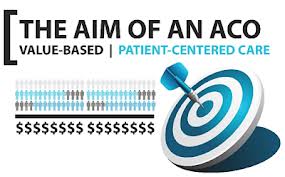Medical practices, particularly private businesses like mine, strive for efficiency. This has become more necessary as medical reimbursements inexorably decline while overhead and other expenses rise. This may be the point in this post when a reader will jump to the comment section below and carp how I and every other doctor are only in it for the money. Not so fast here. Yes, I would like to make a living and I believe that I deserve a decent one. In my case, I do not seek, and have never sought wealth. For small private medical groups, particularly in northeast Ohio, we are aiming to survive more than to thrive.
These days wasted time during the work week can be the tipping point that buries a private practice.
Where are the time sinkholes in medical practice?
- No show patients – This is the ‘Wonder Bread’ of medical practices. It torments doctors in 12 different ways. Younger readers may need to Google to get this reference.
- Late Patients – While these folks are less sinful than ‘Wonder Bread’ patients, they mangle the schedule and suck up physician and staff time. Should these patients be told that they need to reschedule? How late does a patient have to be before he is ejected from the office? Should he be told to sit tight in the waiting room until all of the on-time patients have been seen? Are we comfortable playing hardball with a 90-year-old woman who hobbles in on her walker 20 minutes late?
- Delays in receiving requested medical records. Even in the electronic era, it can be mind boggling how much work is required to get a few papers faxed over. For doctors, this task becomes a competition where we gird our loins to beat the system.
- Patient Paperwork – Our new patients fill out medical surveys that our staff then uploads manually into our EMR (Electronic Medical Record) system. Although these folks are told to arrive early, it never seems to be early enough. I often find myself in solitude in the exam room while the expected patient is in the waiting room pushing paper. In time, this clumsy process will be compressed and expedited, but our practice is not there yet.
- Down on the Pharma – This is the IED (improvised explosive device) of medical practices. I cannot calculate how much time is vaporized re-prescribing medications that are not, or no longer on, the preferred list. If we guess the right medication, then we err on the number of pills permitted. If we opt for the mail order pharmacy, we learn that the local drug store was the proper destination. And, of course, if we were insane enough to memorize a particular patient’s proton pump inhibitor prescription pathway, it changes at year’s end.
There may be other reasons that challenge medical office efficiency. Perhaps, for instance, there is the rare instance when a physician is late. In this instance, any of my patients who are reading this post are invited not to comment.







